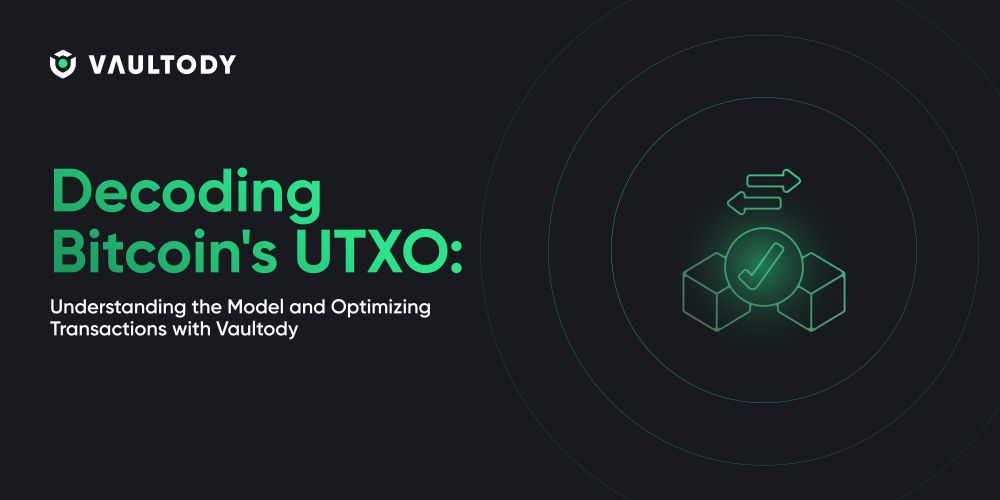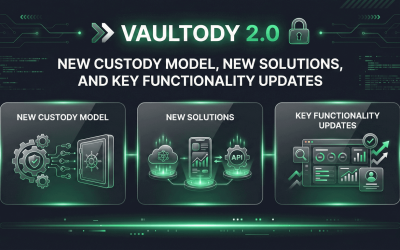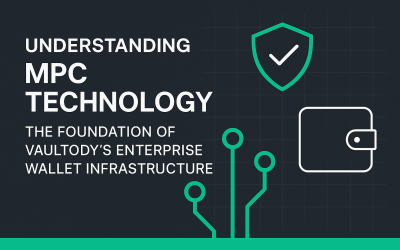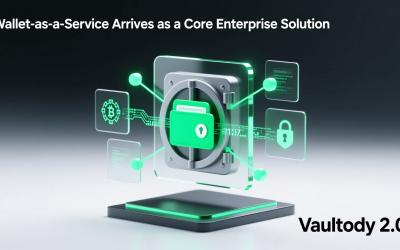Several accounting model techniques which are widely used across blockchain protocols exist. They are used for tracking and management of crypto balances. One of them is the UTXO technique, which stands for unspent transaction output.
The UTXO along with the Account based model are the two most popular and widely used across blockchain networks models. There are differences between both. In this article we will discuss the UTXO, and you can follow this space for our upcoming articles in which we will discuss in details the account-based model and the difference between both techniques.
UTXO and Bitcoin protocol
The Bitcoin protocol relies on the UTXO for tracking individual balances when moving funds between different crypto wallets. This technique was developed by two members of the Cyberphunk cryptographic group who independently created it between 1997 and in 2004. Several years later with the introduction of Bitcoin to the world by Satoshi Nakamoto, the Bitcoin protocol became the first digital asset to utilize the UTXO in its blockchain.
But how exactly does UTXO work? This model follows a series of logically connected steps that have been pre-programmed. Step number one of the transaction process for a cryptocurrency wallet is concerned with scanning of the blockchain for the amount of funds that a user possesses. Funds that have been identified are known as unspent transaction outputs or UTXOs.
In its simplest form, UTXO is the amount left (change) which is left from a previous transaction that a user completed. To further break down the term UTXO, “unspent” funds are those which are available to the user to perform whatever operations they desire with them such as moving them from one wallet to another. “Transaction outputs” is concerned with the former origin of the funds since they were created from previous transactions.
Imagine that you would like to purchase an item which costs $87 USD, but you use a $100 banknote to pay. Your change will be $13 USD which is the leftover amount from the transaction, and this is the unspent transaction output - this amount will be with you and will be readily available to be used for other transactions.
This is exactly how Bitcoin UTXO works. Upon paying your transaction, the loose Bitcoin change is used as inputs for new transactions.
Why double-spending is not an issue in UTXO
Double-spending is not possible when payments are placed on UTXO blockchains. To illustrate this, let`s use Bitcoin as an example. Imagine you have 3 Bitcoins (UTXOs) and you need to send 2 Bitcoins to someone. In order to complete this transaction, you will need to transact the full UTXO amount, which in this particular case equals 3 Bitcoins.
Your change will be the new UTXO, which is equal to 3 Bitcoins, minus the transacted value to another party of 2 Bitcoins, and deducting the transaction fees. Your new UTXO will be returned to you in a separate address known as a change address. The change address is separate from your deposit address and it will serve the purpose of generating a new address for every transaction within the vault from which you are sending digital assets. That allows you to manage and store your unspent transaction amounts from your completed payments.
In an event of spending the same UTXO twice, the two transactions will end up into a mempool, which represents a waiting room for pending transactions. Both transactions will stay in the mempool until they get processed by cryptocurrency miners who will add the transactions into new “mined” blocks. The function of the mempool is to be a temporary waiting area which helps queue the pending transactions until miners and validators start processing the transactions.
What is UTXO Bitcoin dust and how to operate with UTXOs in Vaultody?
Cryptocurrency dust refers to very tiny amounts of cryptos that are left in аaddress and cannot be spent. Bitcoin dust refers to the UTXOs, which in other words are of lower value than the transaction fees value and cannot be moved from the wallets. Bitcoin dust is a common issue that can impact the portfolio of a crypto holder. And whilst the network activity and network fees are the main factors which determine what amount is considered as dust (which vary at all times), in general it is advisable to possess no less than half a million satoshis or 0.005 BTC as unspent transaction outputs in order to be able to transact them.
When you place transactions with Vaultody, you will have access to two distinctive features that give you flexibility, control and are cost-effective. You can apply either оur fee priority feature (refer to feature two below) or you can benefit from both of them at the same time - it all depends on what your individual preferences are.
The first feature is concerned with your transaction strategy and allows optimizing the UTXO amounts that are left in your addresses. For instance, when choosing the “minimize dust” option, transactions or transaction fees can be paid with the leftover amounts from previous transactions.
The second feature, on the other hand, is very useful if the placed transaction needs to be prioritized or if it has a low priority status and the transaction sender is more concerned about generating savings from network fees. The feature is called “fee priority”, meaning that if the slow option is selected, the transaction fees will be cheaper, but will require more time until the transaction gets mined and added into a block. If a high priority status is given to the transaction, the transaction will be completed faster, but the transaction sender will have to incur higher blockchain fees.
In addition to Bitcoin, Vaultody supports operations with other UTXO chains, including Dogecoin, Litecoin and others. Our market-leading security and privacy features are a top priority, extending protection to all assets and blockchains used by our clients. With Vaultody, you can seamlessly handle UTXO, account-based, and various other assets worry-free, ensuring zero potential losses regardless if they are internal or external to your organization. In addition, you can experience unmatched flexibility, maintaining full control over your digital assets in Vaultody`s vaults.
If you require more information about our MPC solutions, please do not hesitate to contact us with your inquiry, and our team will get back to you at our earliest convenience.









 Copy link
Copy link